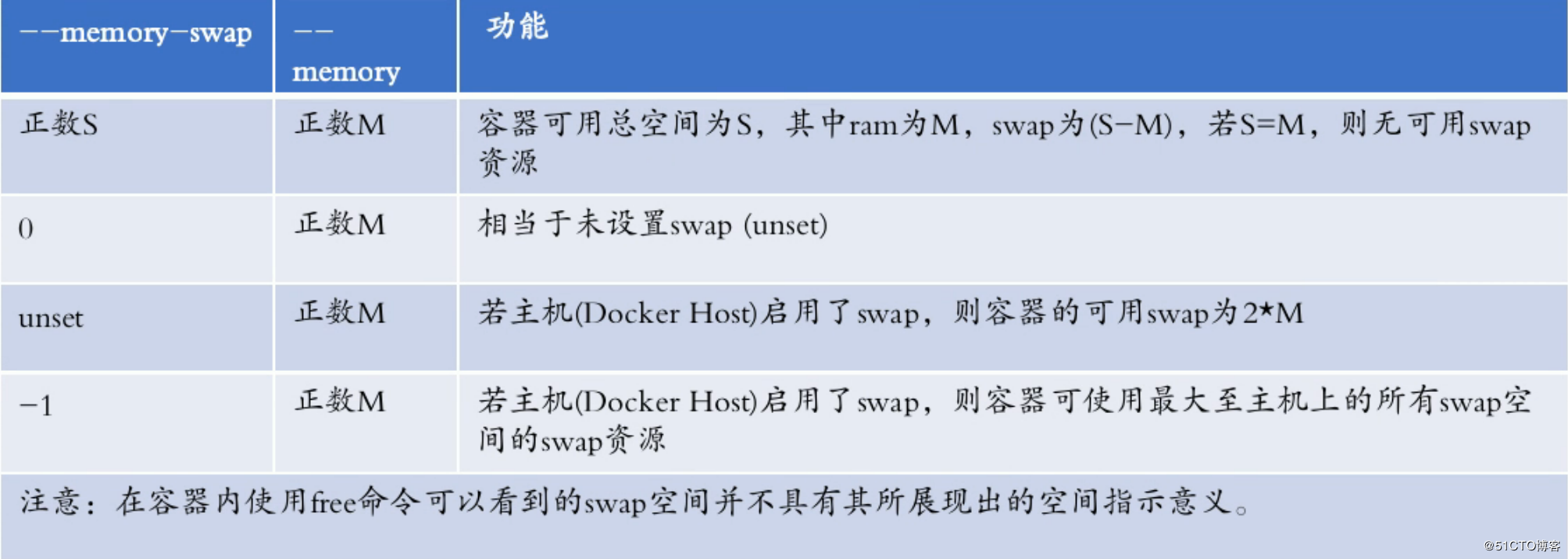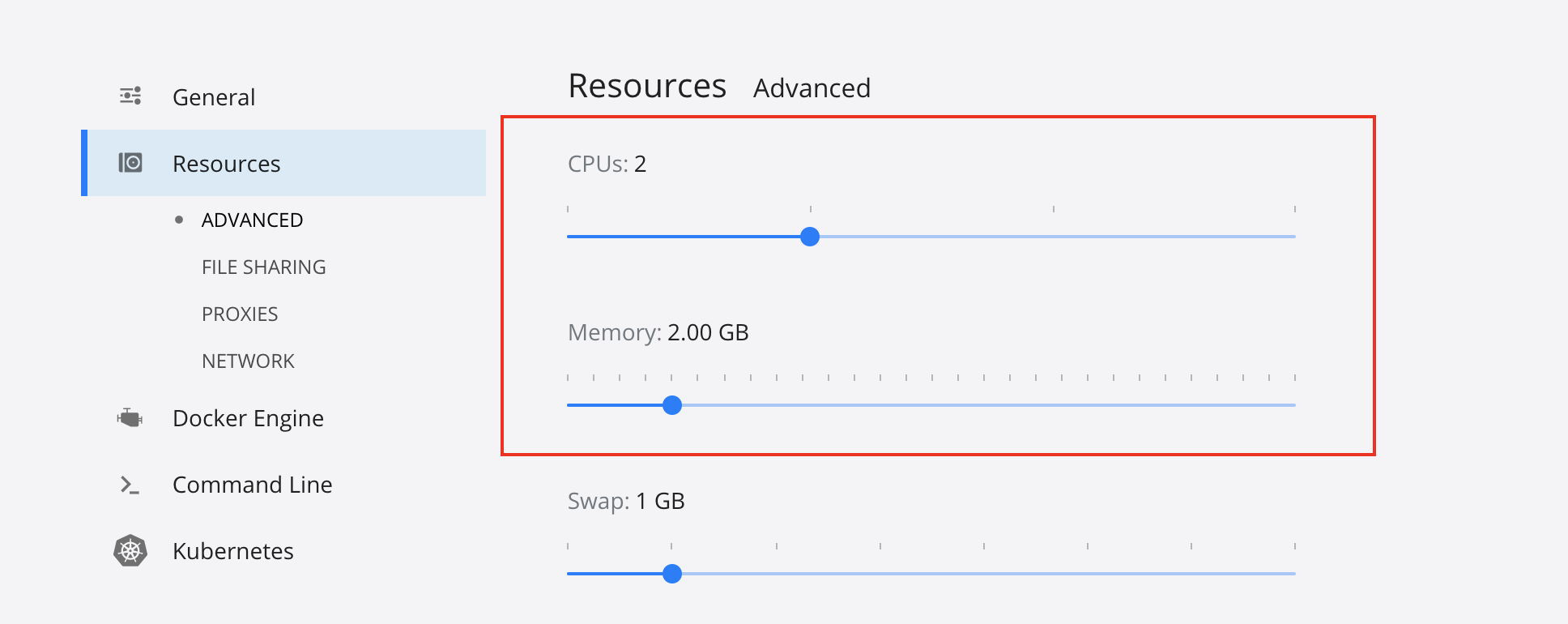大约 6 分钟
前言
其实docker命令已经给我们使用文档了,不必进行网上搜索。
比如执行:docker run --help 可以看到
➜ ~ docker run --help
Usage: docker run [OPTIONS] IMAGE [COMMAND] [ARG...]
Run a command in a new container
Options:
--add-host list Add a custom host-to-IP mapping (host:ip)
-a, --attach list Attach to STDIN, STDOUT or STDERR
--blkio-weight uint16 Block IO (relative weight), between 10 and 1000, or 0 to disable (default 0)
--blkio-weight-device list Block IO weight (relative device weight) (default [])
--cap-add list Add Linux capabilities
--cap-drop list Drop Linux capabilities
--cgroup-parent string Optional parent cgroup for the container
--cidfile string Write the container ID to the file
--cpu-period int Limit CPU CFS (Completely Fair Scheduler) period
--cpu-quota int Limit CPU CFS (Completely Fair Scheduler) quota
--cpu-rt-period int Limit CPU real-time period in microseconds
--cpu-rt-runtime int Limit CPU real-time runtime in microseconds
-c, --cpu-shares int CPU shares (relative weight)
--cpus decimal Number of CPUs
--cpuset-cpus string CPUs in which to allow execution (0-3, 0,1)
--cpuset-mems string MEMs in which to allow execution (0-3, 0,1)
-d, --detach Run container in background and print container ID
--detach-keys string Override the key sequence for detaching a container
--device list Add a host device to the container
--device-cgroup-rule list Add a rule to the cgroup allowed devices list
--device-read-bps list Limit read rate (bytes per second) from a device (default [])
--device-read-iops list Limit read rate (IO per second) from a device (default [])
--device-write-bps list Limit write rate (bytes per second) to a device (default [])
--device-write-iops list Limit write rate (IO per second) to a device (default [])
--disable-content-trust Skip image verification (default true)
--dns list Set custom DNS servers
--dns-option list Set DNS options
--dns-search list Set custom DNS search domains
--domainname string Container NIS domain name
--entrypoint string Overwrite the default ENTRYPOINT of the image
-e, --env list Set environment variables
--env-file list Read in a file of environment variables
--expose list Expose a port or a range of ports
--gpus gpu-request GPU devices to add to the container ('all' to pass all GPUs)
--group-add list Add additional groups to join
--health-cmd string Command to run to check health
--health-interval duration Time between running the check (ms|s|m|h) (default 0s)
--health-retries int Consecutive failures needed to report unhealthy
--health-start-period duration Start period for the container to initialize before starting health-retries countdown (ms|s|m|h) (default 0s)
--health-timeout duration Maximum time to allow one check to run (ms|s|m|h) (default 0s)
--help Print usage
-h, --hostname string Container host name
--init Run an init inside the container that forwards signals and reaps processes
-i, --interactive Keep STDIN open even if not attached
--ip string IPv4 address (e.g., 172.30.100.104)
--ip6 string IPv6 address (e.g., 2001:db8::33)
--ipc string IPC mode to use
--isolation string Container isolation technology
--kernel-memory bytes Kernel memory limit
-l, --label list Set meta data on a container
--label-file list Read in a line delimited file of labels
--link list Add link to another container
--link-local-ip list Container IPv4/IPv6 link-local addresses
--log-driver string Logging driver for the container
--log-opt list Log driver options
--mac-address string Container MAC address (e.g., 92:d0:c6:0a:29:33)
-m, --memory bytes Memory limit
--memory-reservation bytes Memory soft limit
--memory-swap bytes Swap limit equal to memory plus swap: '-1' to enable unlimited swap
--memory-swappiness int Tune container memory swappiness (0 to 100) (default -1)
--mount mount Attach a filesystem mount to the container
--name string Assign a name to the container
--network network Connect a container to a network
--network-alias list Add network-scoped alias for the container
--no-healthcheck Disable any container-specified HEALTHCHECK
--oom-kill-disable Disable OOM Killer
--oom-score-adj int Tune host's OOM preferences (-1000 to 1000)
--pid string PID namespace to use
--pids-limit int Tune container pids limit (set -1 for unlimited)
--platform string Set platform if server is multi-platform capable
--privileged Give extended privileges to this container
-p, --publish list Publish a container's port(s) to the host
-P, --publish-all Publish all exposed ports to random ports
--read-only Mount the container's root filesystem as read only
--restart string Restart policy to apply when a container exits (default "no")
--rm Automatically remove the container when it exits
--runtime string Runtime to use for this container
--security-opt list Security Options
--shm-size bytes Size of /dev/shm
--sig-proxy Proxy received signals to the process (default true)
--stop-signal string Signal to stop a container (default "SIGTERM")
--stop-timeout int Timeout (in seconds) to stop a container
--storage-opt list Storage driver options for the container
--sysctl map Sysctl options (default map[])
--tmpfs list Mount a tmpfs directory
-t, --tty Allocate a pseudo-TTY
--ulimit ulimit Ulimit options (default [])
-u, --user string Username or UID (format: <name|uid>[:<group|gid>])
--userns string User namespace to use
--uts string UTS namespace to use
-v, --volume list Bind mount a volume
--volume-driver string Optional volume driver for the container
--volumes-from list Mount volumes from the specified container(s)
-w, --workdir string Working directory inside the container
咱们这里主要用到两个参数 --cpus 和 --memory
cpu
--cpus decimal : 指定一个容器可以使用多少可用cpu资源,如果是4核cpu,可以设置为1.5,那么该容器最多只能使用1.5核的cpu资源,如果没有设置--cpuset-cpus,那么可以使用的1.5核可以是任意一个核心的资源
--cpuset-cpus:为容器指定可以使用的cpu核心是哪个,如果cpu是4和,那么按照编号0-3区分每一个核心,此参数设置为0,1即表示可以使用cpu的第一个和第二个核心。本人测试下来好像没用,可能是用法不对
内存
--memory bytes : 为容器指定最多可以使用多少内存
--memory-swap bytes :为容器指定最多可以使用多少swap空间,此选项必须要在使用了--memory参数的前提下才能使用,如果没有设置--memory参数,那么这个参数不会生效

--memory-swappiness int :设置容器使用swap的倾向性有多大,0-100。
--oom-kill-disable:禁用OOM Killer
测试
先pull一个镜像,这个镜像可以允许测试任务,并可以指定是io型还是cpu型任务。
docker pull lorel/docker-stress-ng

限制CPU测试
不限制CPU
➜ ~ docker run -it --rm lorel/docker-stress-ng:latest --cpu 8
stress-ng: info: [1] defaulting to a 86400 second run per stressor
stress-ng: info: [1] dispatching hogs: 8 cpu
docker stats
CONTAINER ID NAME CPU % MEM USAGE / LIMIT MEM % NET I/O BLOCK I/O PIDS
7df53644fd9a stress 202.30% 36.11MiB / 1.945GiB 1.81% 976B / 0B 0B / 0B 9
通过docker stats可以看到cpu已经达到了200% (本人用的mac,限制了docker容器最大cpu是2核)

限制cpu
➜ ~ docker container run --cpus=0.5 -it --rm lorel/docker-stress-ng:latest --cpu 8
stress-ng: info: [1] defaulting to a 86400 second run per stressor
stress-ng: info: [1] dispatching hogs: 8 cpu
docker stats
CONTAINER ID NAME CPU % MEM USAGE / LIMIT MEM % NET I/O BLOCK I/O PIDS
6244647a3f97 zen_euclid 52.43% 36.22MiB / 1.945GiB 1.82% 836B / 0B 0B / 0B 9
可以看到cpu的使用率降下来了,这里虽然超过了50%,但不会超很多
限制内存测试
不限制内存
➜ ~ docker container run -it --rm lorel/docker-stress-ng:latest --vm 2 --vm-bytes 999m
stress-ng: info: [1] defaulting to a 86400 second run per stressor
stress-ng: info: [1] dispatching hogs: 2 vm
docker stats
CONTAINER ID NAME CPU % MEM USAGE / LIMIT MEM % NET I/O BLOCK I/O PIDS
5b040326f896 stress 89.88% 1.801GiB / 1.945GiB 92.59% 836B / 0B 0B / 0B 5
可以看到内存达到了尽2G。
限制内存
➜ ~ docker container run -it --rm --memory 500m lorel/docker-stress-ng:latest --vm 2 --vm-bytes 999m
stress-ng: info: [1] defaulting to a 86400 second run per stressor
stress-ng: info: [1] dispatching hogs: 2 vm
docker stats
CONTAINER ID NAME CPU % MEM USAGE / LIMIT MEM % NET I/O BLOCK I/O PIDS
7e8457ed992c stress 202.51% 497.9MiB / 500MiB 99.58% 836B / 0B 0B / 0B 5
可以看到内存降到了500m内
系统推荐
- MyBatis
- Oh My ZSH
- JetBrains IDE 全破解
- MAC CMS
- Paxos算法
- JVM异常处理
- Flutter开发需要涉及的知识点大纲
- MyBatis xml特殊字符处理
- ReentrantLock源码解读
- RocketMQ
- 分布式问题
- raft协议
- 随机毒鸡汤:我不是穷人,我只是个价格敏感型消费者。

